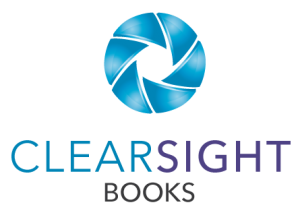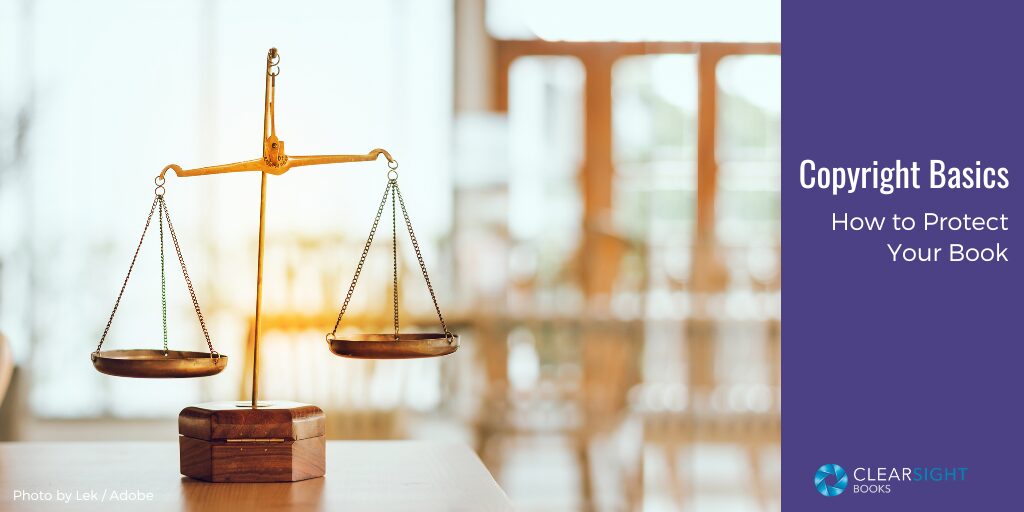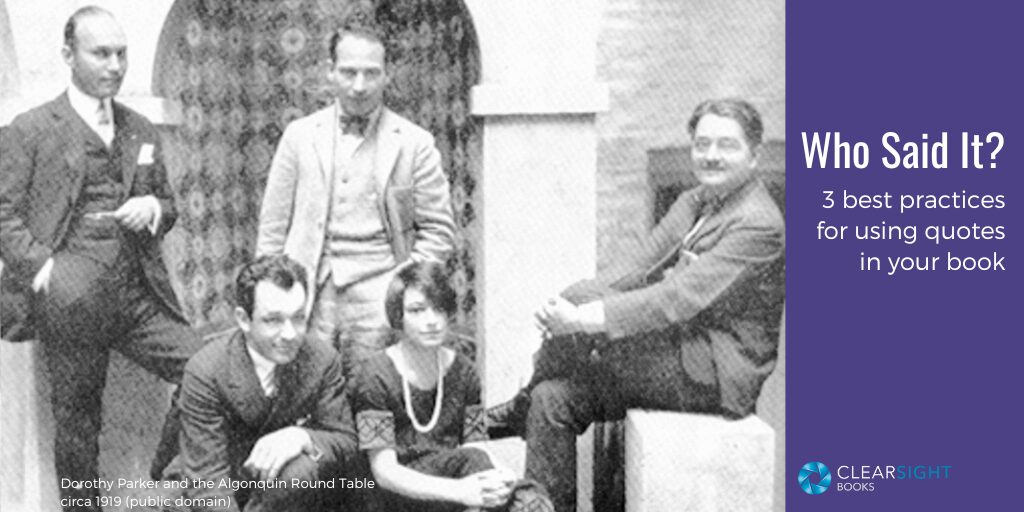The idea of writing a book sounds good—until reality trips you up. This “choose your own adventure” article identifies common challenges and provides links to articles with solutions. It might be worth bookmarking this one for when you need it!
Writing Longer: How to Shift from Blog t...
It’s easy to misjudge the distance when making the leap from blog to book. In this article, we take a look at some of the key differences between short-form and long-form writing as well as provide tips for going long more effectively.
Navigating AI Ethics in the Writing Proc...
Do you use AI tools to write, edit, or brainstorm? Do you disclose your use of AI? In this article we explore the ethics of AI use in the writing process, consider different positions, and look at some research.
Copyright Basics: How to Protect Your Bo...
Copyright has always been important, but with current class actions against AI companies for copyright infringement, it’s critical. In this article we take a look at the basics.
Emotional Anchors: Guide Words to Direct...
Different books should evoke different emotions in the reader. Emotional anchors—cue words—can keep writers connected to their reader’s felt experience. By focusing on the intended reader feeling, you can better shape your book’s structure, tone, depth, and more.
For Book-Quality Clean, You Need More Th...
Nonfiction books often require multiple editors. This article explains the four major types of editing and how to know what you need.
A Simple Self-Publishing Platform Strate...
This article shares the self-publishing platform strategy I recommend to clients most often, including detailed rationale so you can decide if it’s right for your book project.
Why We Read—and How It Makes Us Better W
Why do we read? For any number of reasons, from learning and moral guidance to entertainment and comfort. We can also use reading to be better writers. This article offers a short reflection on both.
The Effort You Don’t See: Rowing, Racing
Spectators don’t see the effort that goes into preparing for a rowing race. Readers don’t see the effort that goes into writing a book. But the work is there. This essay offers a brief reflection on The Boat Race and books.
Book Reviews: Why They Matter—and How to
Book reviews are an influential marketing tool both at launch and for long-term sales. In this article we look at how to get online reviews, who to ask, best practices, and whether you should use paid review services.
Who Said It? 3 Best Practices for Quotin...
A quote can powerfully underscore a point you want to make in your writing. But many authors neglect to make sure the quotes they use are correct and clearly identified as quotes. Here are three best practices for incorporating quotes in your writing.
Sources and Citations: A Quick and Dirty...
For nonfiction books, sources and citations go with the territory. They are tedious—but essential for credibility. Here’s my quick and dirty guide, aimed at the general nonfiction writer and self-published authors in particular.













